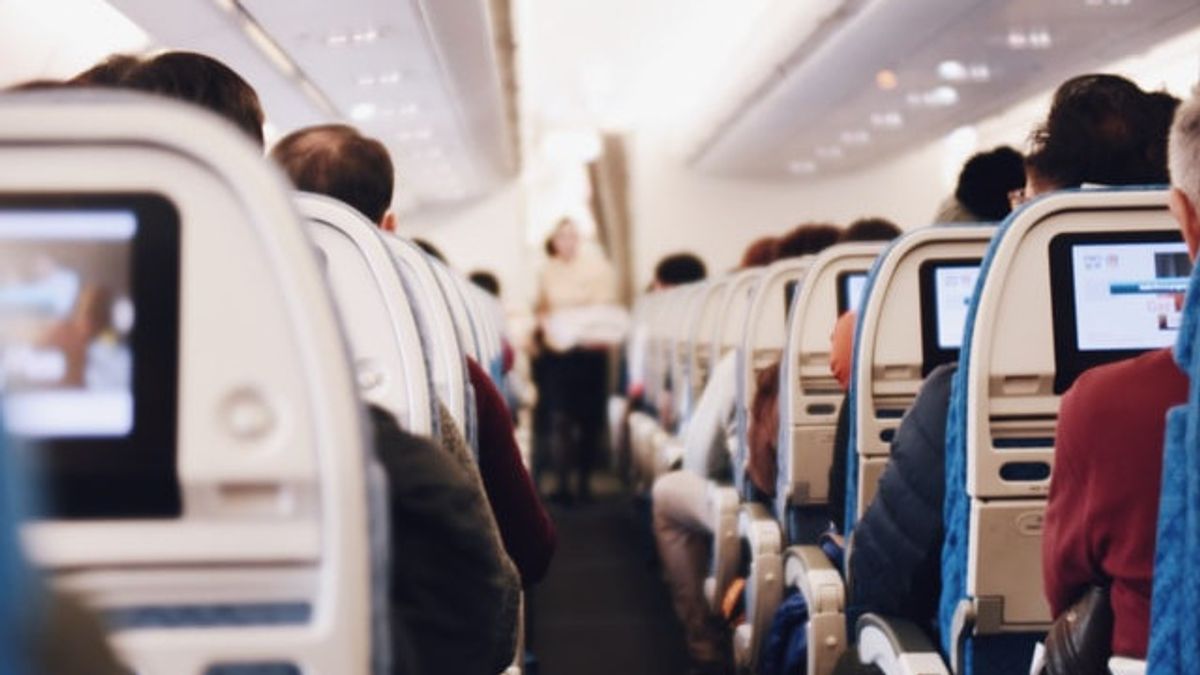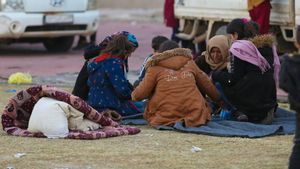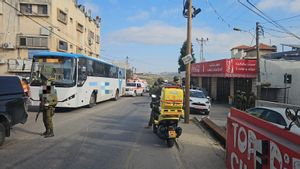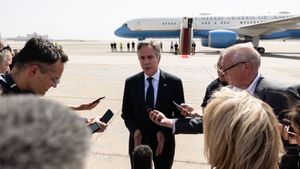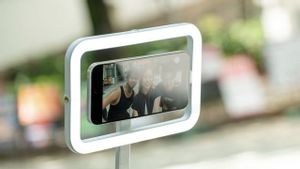JAKARTA - A study from Harvard University released Tuesday, October 27 said a special ventilation system on planes can filter out 99 percent of viruses in the air. Indeed this research is funded by airlines, aircraft manufacturers, and airports. But the investigators insist that the research using this computer model did not influence their findings.
Researchers from Harvard's TH Chan School of Public Health, revealed that even though the air is recirculated back into the cabin, the air has passed through a high-quality filter. And droplets from one passenger are unlikely to infect another passenger because the air flow is "down", they said.
"This ventilation is effectively a solution for passengers who are concerned about maintaining their distance," their report was quoted as saying by CNN.
However, a safe ventilation system alone is not sufficient to prevent the spread of droplets. Harvard researchers stressed the importance of masks for maintaining the health of passengers. In addition, the role of regular aircraft disinfection and testing procedures for COVID-19 symptoms before being allowed to enter the aircraft must not be missed.
"The layered approach, with gate-to-gate ventilation, reduces the risk of SARS-CoV-2 transmission on board the aircraft. The risk level is lower under other routine activities during the pandemic such as grocery shopping or restaurant meals," the study wrote.
The computer modeling of the Harvard study is in line with other recent studies. A study from the United States Department of Defense (US) for example, they used design dolls equipped with surgical masks and particle detection equipment on Boeing 767 and 777 jets. As a result, there was not much risk of transmission due to masks and efficient air ventilation.
Spread gapOn the other hand, a study released by Irish researchers shows what can actually transmit the COVID-19 virus. Even when strict health protocols are in place.
Through case tracing, public health officials in Dublin and other cities found 13 cases originating from a single passenger on an international flight this summer. Even though none of the travelers on the same plane with him did not wear a mask. So where did it spread?
"The possible exposure to such cases occurred during the overnight transfer of passengers or even before the flight was not known before the flight began," the researchers said.
In the study, one person infected with COVID-19 may have contracted it from a family member. Meanwhile, some contracted it while spending several hours in transit in the airport area.
Therefore, the Irish researchers recommend that authorities improve physical contact tracing. Harvard scientists, meanwhile, encourage people not to take off their masks as much as possible while tinsel on flights.
The English, Chinese, Japanese, Arabic, and French versions are automatically generated by the AI. So there may still be inaccuracies in translating, please always see Indonesian as our main language. (system supported by DigitalSiber.id)
